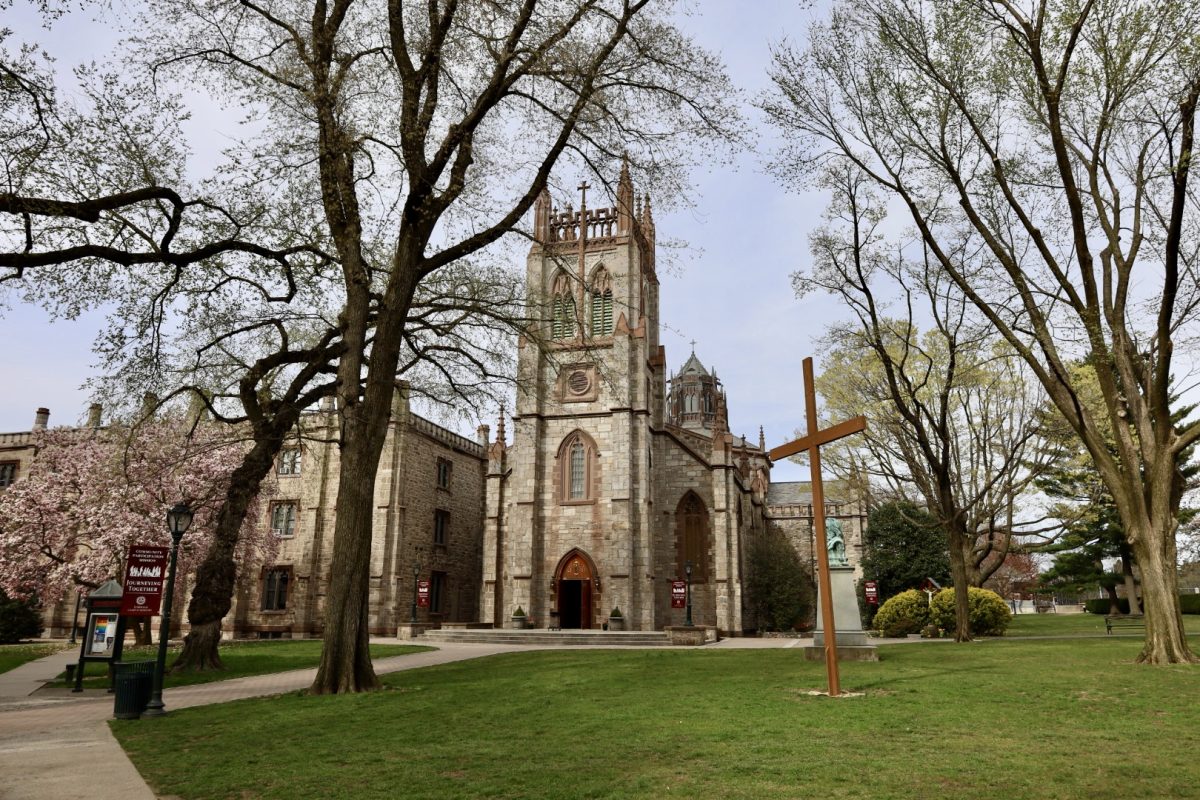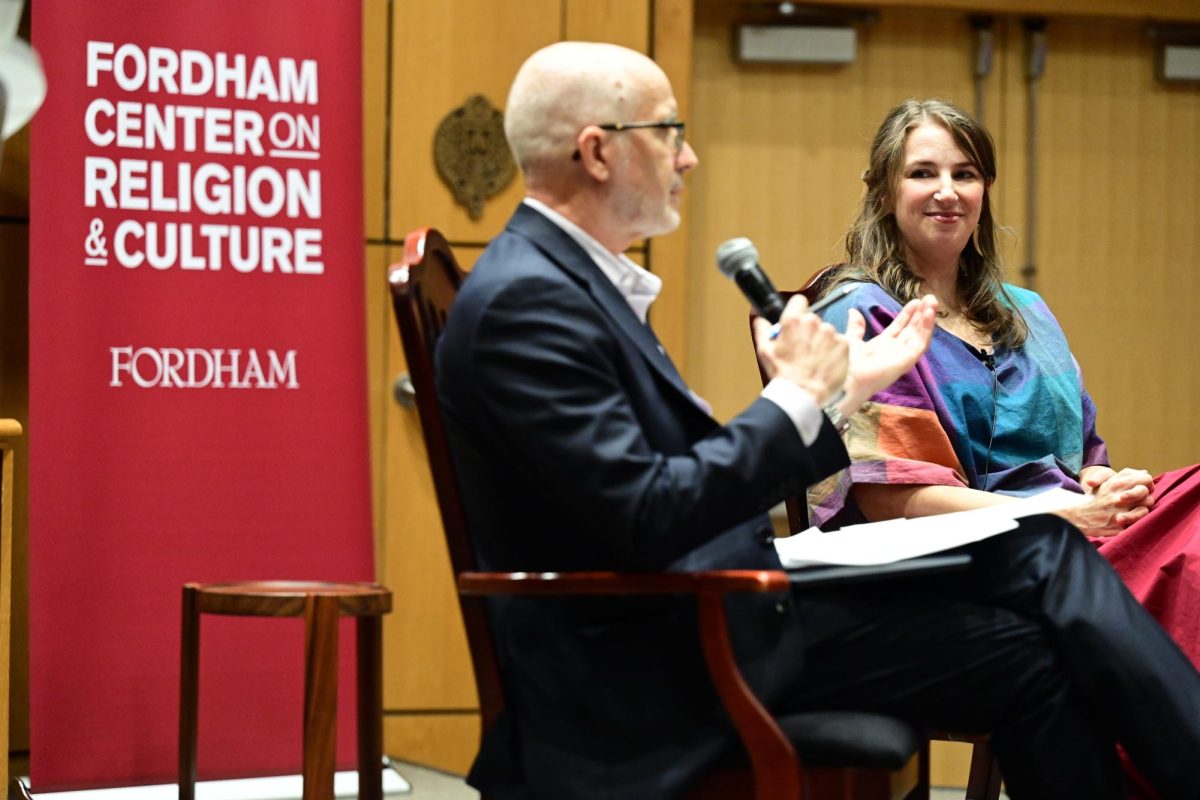Over the course of the summer, Alexandra Rapp, FCRH ’24, worked on a research project investigating disparities in New York’s public defense system and indigent defendants.
“A public defender’s job is to represent indigent defendants, which is the legal term for somebody who can’t afford an attorney,” Rapp said.
Rapp’s research follows a Supreme Court case that directly impacted federal and state law — Hurrell-Harring, et al. v. State of New York. Rapp explained that, on a state-to-state basis, public defense systems can vary greatly based on funding, qualifications to be a public defender and other factors. Rapp wanted to look at variation across counties in New York state. She chose New York because, around 2004, New York was identified as one of the worst states in the country in terms of public defense, and promised to fix their public defense system. Then, in 2010 a New York state Supreme Court case identified 10 counties that were still extremely lacking in their public defense. While the New York public defense system is mostly state-funded, it also relies in part on local funding, which can differ significantly based on factors like the county tax rate. “So I started tracking a bunch of different factors that could potentially indicate some sort of egregious disparity in terms of service quality,” Rapp said.
Rapp tracked factors like crime rates, number of public defenders, how many offices they have and what services they offer. Then using these factors, she looked for violations of Title VI and Title IX, which prohibit discrimination on the basis of race and sex in any program that receives funding from the federal government. She also screened for large disparities in the amounts of funding per case that public defense systems were receiving across counties.
“I looked at the number of weighted cases versus the number of cases that lawyers are taking each year, and how much money is going per case… The lowest I found was $19… versus in Suffolk County, where it was upwards of $1,000 per case… There should not be that big of a variation in the same state,” Rapp said.
Rapp also saw that these counties had some of the highest rates of poverty, and poverty disproportionately affects people of color, women and children. During her project, Rapp was using statistical data from 2019, which should be after these major legislative changes were meant to take place. But according to Rapp, her findings reported enormous disparities, indicating that there are still many underfunded counties.
Rapp became interested in this issue of public defense after looking at her home state of Pennsylvania, which is the only state where the public defense system is entirely locally funded, and as a result, has a huge lack of resources and funding for public defense in some of its counties. She wanted to look at New York state because there is a preconceived notion that New York’s justice system is ahead of the curve in terms of the laws they make and the social services that they provide to people, setting an example for what a good public defense system should look like.
However, as she started to take a closer look at New York, Rapp realized that there were some large issues within the system. She started her research trying to read as much literature as she could to understand how the public defense system functions. Then, she started to look at the statistical data that New York state has made publicly available. After the 2010 Supreme Court case, New York state was mandated to publish its data on public defense, so Rapp was able to break down these compiled reports to try and extract the raw data, which she says was the most time-consuming part of the process. “They don’t make it easy to find the raw data, which is the big problem,” Rapp said.
Rapp was advised on this project by Robert Hume, Ph.D., of Fordham’s political science department. Through Hume, Rapp was able to get into contact with a public defender and verify a lot of her early research findings.
Looking towards the future of her research project, Rapp said she hopes that by the spring, she will have enough to apply to the Fordham Undergraduate Research Journal and share some of her findings with a wider audience. While she has not come to her final conclusions yet, Rapp has seen a lot of correlations within her data that point to some broader issues.
“There have been some insane correlations… in terms of budget, caseload, geographic location and poverty rate; a lot of these things obviously play into each other and kind of demonstrate on a wider scale the socioeconomic issues that we all kind of know exist, but sometimes don’t address on these minute scales,” Rapp said.
While she has never wanted to be a policymaker, Rapp has always been interested in public defense and law for her future. She said she thinks that this research is crucial for understanding the more human side of law.
“Part of what I think is so interesting about the world of law is that it’s very easy to ignore the human parts of it, and I think that’s where public policy research comes in, and having information on actual disparities that exist is an important part of understanding how public policy interacts and influences the day-to-day lives of people,” Rapp said.












































































































































































































